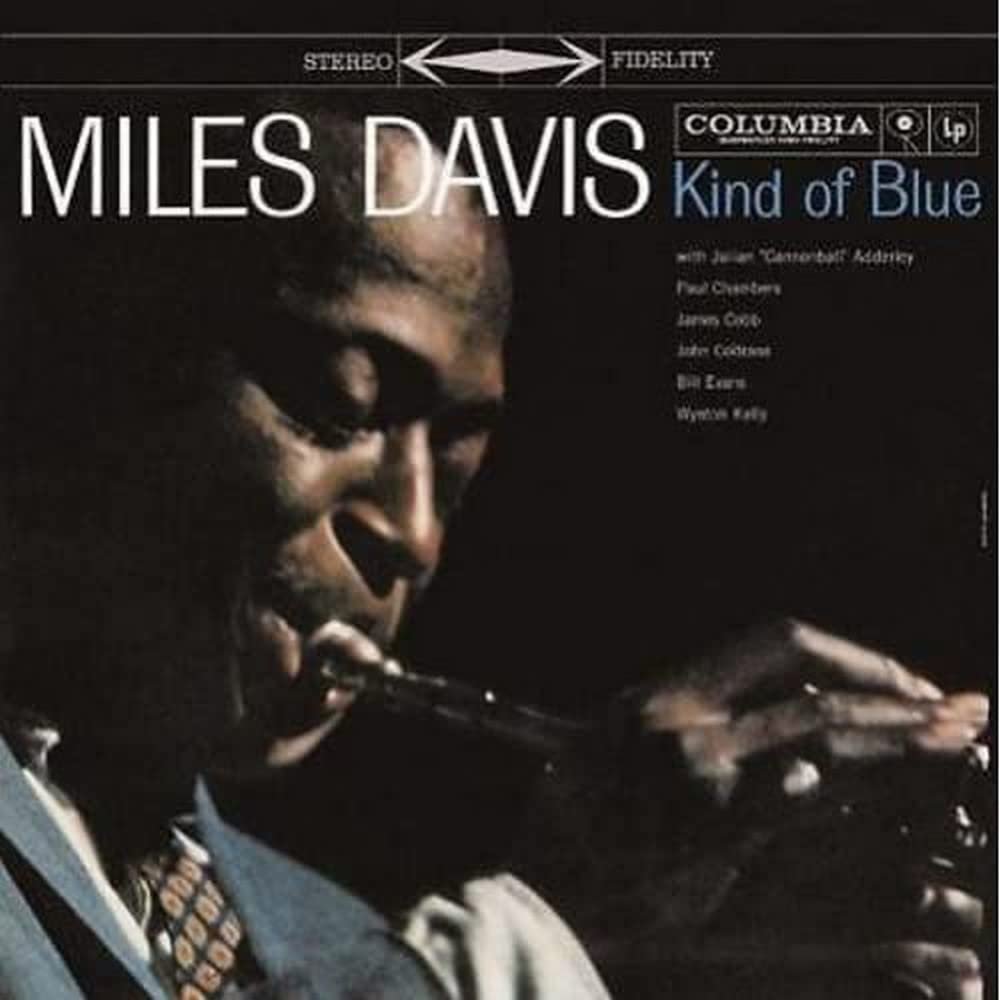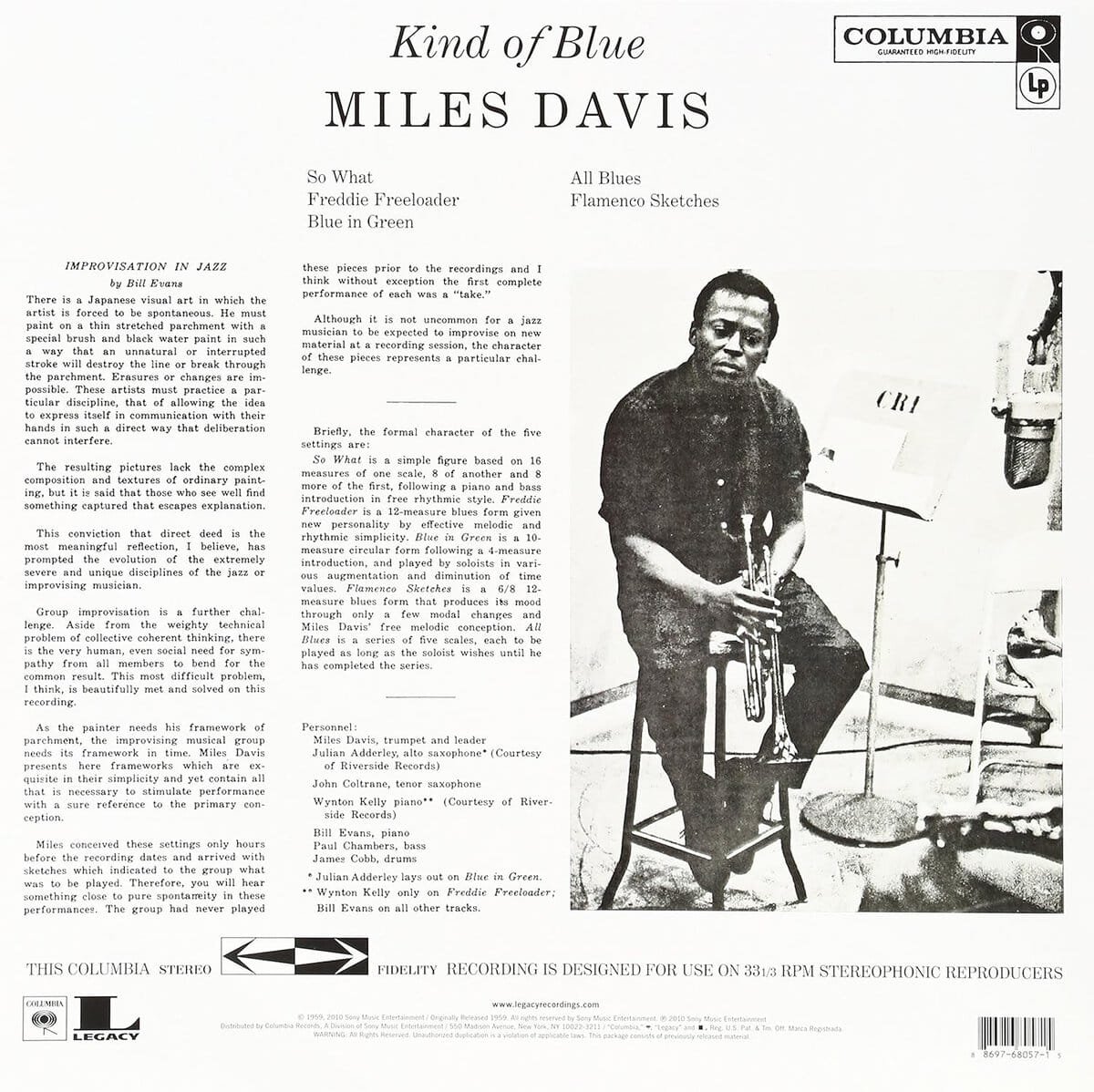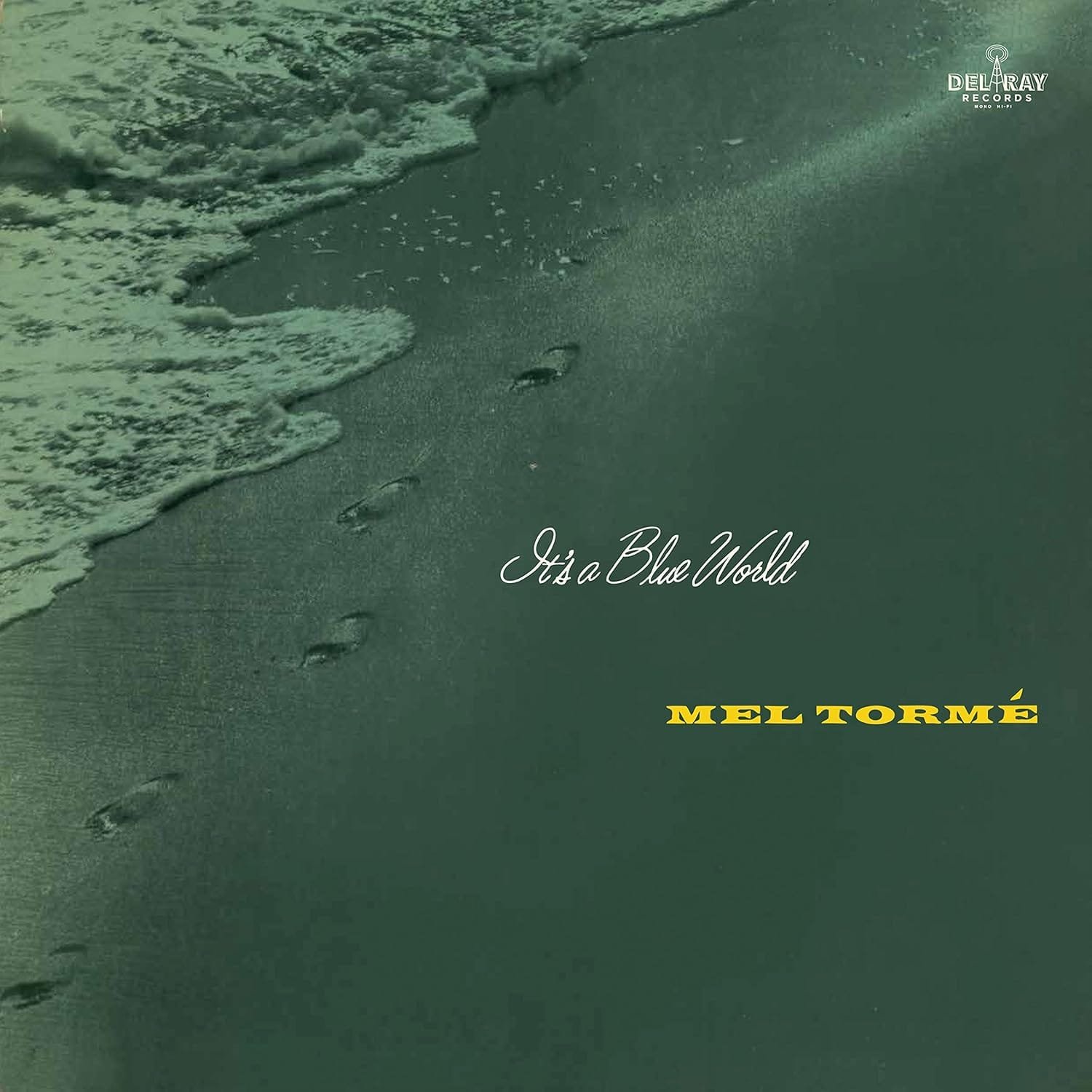Have you ever heard an album that just sweeps your senses, making you feel like you’ve been transplanted to a smoky jazz bar, even if you’re sitting in your living room? That’s precisely the spell that “Kind of Blue” casts, with twists of melody and rhythm that transport you to a different era. This 1959 masterpiece stands as a beacon in the world of jazz, and for nearly 3,000 words, we’ll talk about every nuance that makes it so.
The Timeless Appeal of “Kind of Blue”
What Makes “Kind of Blue” a Classic?
“Kind of Blue” isn’t just another jazz album; it’s a musical landmark that shifted the direction of an entire genre. Its magic lies in its simplicity. Famous for its modal jazz approach, Miles Davis and his ensemble captured something timeless and deeply human. This album doesn’t demand your attention violently; rather, it gently tugs at your heartstrings, inviting you into its world. This humility combined with innovation is perhaps why decades later, it still resonates with listeners, both new and old.
The Birth of Modal Jazz: A New Horizon
You’ve got to imagine the musical world of the late 1950s, which, as wonderful as it was, could’ve been seen as a bit formulaic. Jazz standards dominated the airwaves, but “Kind of Blue” introduced modal jazz—a method that granted musicians greater creative freedom by minimizing chord changes. This created a kind of peace within the improvisation, giving the album an arresting calmness and allowing each musician’s voice to shine. Never before had jazz felt so expansive and free, yet intimate.
The Composition: A Study in Perfection
Track Breakdown
It’s only fair to dissect the heart-stealers in this album to truly appreciate its scope. Each track offers an invitation to a different facet of the jazz universe, unfurling like a ribbon in the wind.
| Track Title | Highlights & Features |
|---|---|
| So What | Opens with an iconic riff; laid-back yet intricate bass lines. |
| Freddie Freeloader | A blues tune that carries an irresistible swing. |
| Blue in Green | A mesmerizing, introspective ballad that haunts the listener. |
| All Blues | Delicate trumpet lines weave through a 6/8 meter. |
| Flamenco Sketches | Evokes the soul of a Spanish serenade, hauntingly beautiful. |
The Story Behind “So What”
“So What” is the album’s opener and, perhaps, its most iconic piece. With its catchy bass line and loose, confident trumpet lead, it’s a perfect illustration of cool jazz in practice. The tune essentially asks, “What’s the rush?” as it unfolds in its own leisurely pace, pulling you into a laid-back groove that seems to suggest that time is a social construct we should all politely ignore.
Experience the Magic of “Blue in Green”
“Blue in Green” lets you linger in its enchanting sadness, as if giving you permission to feel whatever emerges as you listen. There’s an emotional vulnerability in its restrained beauty, which creeps into your consciousness and stays there. The track is a masterclass in what isn’t played just as much as what is—proof that sometimes the spaces between notes speak the loudest.
Why Vinyl is the Best Way to Experience “Kind of Blue”
A Sound Quality Like No Other
Sure, in this digital age, you might be tempted to stream “Kind of Blue” on your smartphone while cooking or driving. But the vinyl experience, my friend, is a whole other stratosphere of enjoyment. There’s a richness and warmth that envelopes you, offering nuances in horn and piano tones you might miss otherwise. It’s comparable to the difference between hearing a story over the phone or being told in person, with all the gestures and eye contact that enrich the narrative.
The Ritual of Listening
A vinyl record demands your attention in a way a playlist does not. You lift the needle, gently place it down, and let the crackle of anticipation wash over you. It’s an act of dedication to the music. With “Kind of Blue,” every side represents a commitment to experience something immortal. The scent of vinyl, the heft of the record in your hands—they become part of the album’s story, making each spin of the disc an adventure.
The Musicians: A Stellar Ensemble
Miles Davis: The Innovative Maestro
Long before anyone knew of genre-hopping or fusion, there was Miles Davis—pioneering, experimental, unafraid. His genius doesn’t shout; it converses, whispers, and seduces. When you listen to “Kind of Blue,” you don’t just hear the trumpet; you hear Davis’s philosophy of life and music.
The Team Behind the Legend
Aside from Davis, you’re in the company of jazz luminaries: John Coltrane with his zealous, engaging saxophone solos, Bill Evans conjuring lush piano landscapes, and the impeccable rhythm section featuring Paul Chambers, Jimmy Cobb, and Wynton Kelly. Each player complements the others perfectly, contributing layers of sound that interlock seamlessly yet stand robustly alone. It’s a rare alignment—the planets only do so every few centuries, both in astronomy and in music.
The Impact on Music and Culture
Shaping the Future of Jazz
For subsequent generations of musicians, “Kind of Blue” served as a compass. Its influence is found in the fingerprints of countless jazz records that followed and stretched beyond into genres like rock and roll, classical compositions, and even hip-hop. “Kind of Blue” dares musicians to break conventions and search for their own true sounds.
A Cult Among Connoisseurs and Casual Listeners
This album bridges a gap seemingly impossible to traverse—appealing both to jazz connoisseurs and casual listeners who wouldn’t necessarily dare wade into jazz’s deep waters. Its melodies are approachable, yet it offers a depth that keen listeners will revel in for hours on end. It’s kind of like discovering that an avant-garde art piece you’re staring at is not only accessible—it’s engaging.
Reflections and Personal Connection
Immerse Yourself
To listen to “Kind of Blue” is to have a moment as intimate as a shared secret. It’s best experienced in quietude—perhaps with a glass of something aged, as you let the music wash over you completely. Its enduring allure lies in its ability to feel fresh with each listen, revealing subtleties you didn’t catch before, like re-reading a beloved book and coming across passages that suddenly resonate in new ways.
The Legacy of Tranquility
“Kind of Blue” remains a monument, not only because of its musical innovation but because of the calm it encapsulates. The world outside may be chaotic, but within this album, there’s a pensive peace—a reminder that beauty and artistry transcend time. It’s music that knows you without presumption, welcoming you back with each listen.
In essence, what “Kind of Blue” offers is an invitation, always open, always relevant—much like a friend who lets you be entirely yourself. It’s a voyage through sonic landscapes that are seemingly familiar yet beckon with the promise of new discovery every time you engage, making it not just an album, but an evolving experience.
Disclosure: As an Amazon Associate, I earn from qualifying purchases.








